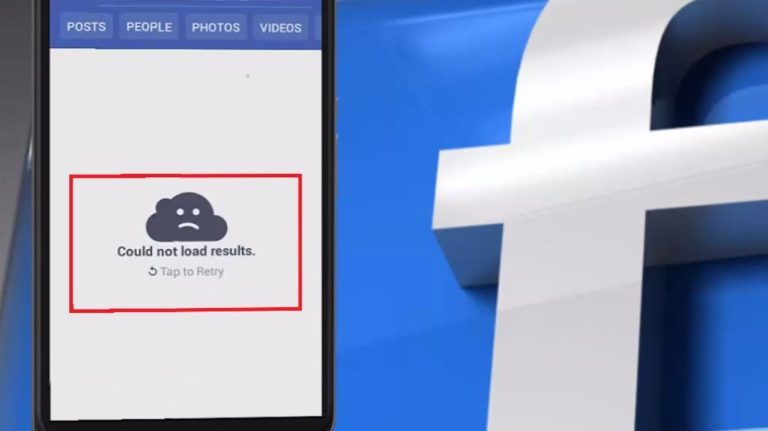What Is Puppeteer Used For?
When working on a web page, sometimes you will find it’s not easy to change the design and layout of the page. A puppeteer gives room for one to access the web with its ability to communicate with web browsers or other controlling systems built upon its API.
With that said, if you want to learn more about the uses of Puppeteer, you’re in the right place. This article discusses how Puppeteer is used in advanced web functions.
So, without further ado, let’s dive in.
Puppeteer Features and Particularities
Puppeteer is a library that gives you a higher level of control over headless Chrome or Chromium so you can automate browser tasks. It can also be configured to use full (non-headless) Chrome or Chromium.
It’s an automation tool used for testing purposes in manual mode. It tests the behavior of components once they are inserted into headless browsers against actual web pages.
Puppeteer operates headless by default, which makes it fast to run. To see what is happening, you can use the headless: false option, displaying the automated browser window. This slackens down Puppeteer since rendering occurs in the browser instead of headlessly.
The Puppeteer can complete the utmost things you can do by hand in the browser. Here are a few examples:
- Produce screenshots and PDFs of pages
- Crawl a SPA and produce pre-rendered content
- Systematize form submission, UI testing, keyboard input, etc.
- Set up your testing environment to run your tests in Chrome using the latest JavaScript and browser features.
- Capture a timeline trace of your site to help diagnose performance issues.
- Scraping content from websites
The headless browser is beneficial for testing and scraping because we can control it like a regular browser without having any browser UI. However, you cannot click on an element hidden by CSS.
If you try, Puppeteer will throw an error saying the element is not visible. So either you set the display property to block or change the visibility property to visible before clicking on it.
Puppeteer Is a Node Library
When you’re the one doing the coding and creating your own application, you will have to write the same code for various tasks. Well, creating such repetitive codes is not an efficient way.
So, you can use some functions written in other modules that can save your time and effort. A Node library is a collection of such modules developers can use in their applications.
It’s often easy to forget that Puppeteer is a Node.js library. It’s designed to be used asynchronously, which is an essential concept in Node.js, and it doesn’t have many of the methods you’re probably used to in the browser like window or document.
Primary Uses
So, what are the different uses of Puppeteer? Let’s find out.
- Generating Screenshots and PDFs of Pages
If you want to generate screenshots and PDFs of pages programmatically, a headless Chrome makes it easy. It works by creating PDF files from scratch where HTML and PDF templates will be maintained.
- Automating Form Submission
Not all sites are written in a way that it is easy to automate filling forms, especially when there are lots of fields and the fields have weird names. However, Puppeteer does this painlessly and fast.
- Scraping Web Content
Because Puppeteer can automate any action a user can perform in the browser, it can automatically extract data from various websites.
Advantages and Limitations
One of the most significant advantages of Puppeteer over other solutions is that it can execute commands in headless mode without having to open an existing browser window. This means you can scrape a page without actually opening it.
This is generally useful if you want to scrape multiple pages at once. With this, you can get a detailed guideline on the Puppeteer tutorial.
Automated testing is the critical advantage of Puppeteer, especially for website testing. It can be used to take screenshots, generate PDFs, test web pages in different viewports, simulate user events on a page, such as a click, scroll, and much more.
Another critical aspect of Puppeteer is that you can use any standard NodeJS package available on npmjs alongside Puppeteer for scraping, which gives you the flexibility to choose from a wide variety of packages available on npmjs.
However, Puppeteer only runs on a Desktop version of Chrome, so there’s limited support for mobile emulation. While possibly not a problem for unit testing, it might be an issue if you’re running automated browser tests on your live website.
If you’re writing your own eCommerce site, the main disadvantage to using Puppeteer is that it’s not a production-ready solution. It’s a tool for developers to use when they need to automate interactions with pages. If you’re looking for a hosted solution, Puppeteer is not for you.
Conclusion
In summary, the Puppeteer is a simple yet powerful tool for assisting applications’ deployment. The core function of a Puppeteer is to execute commands on its connected nodes.
This allows users to automate their DevOps process, reducing the time before deployment and allowing for consistency throughout the software development lifecycle. Learn more about it in a Puppeteer tutorial to maximize the benefits it has to offer.







